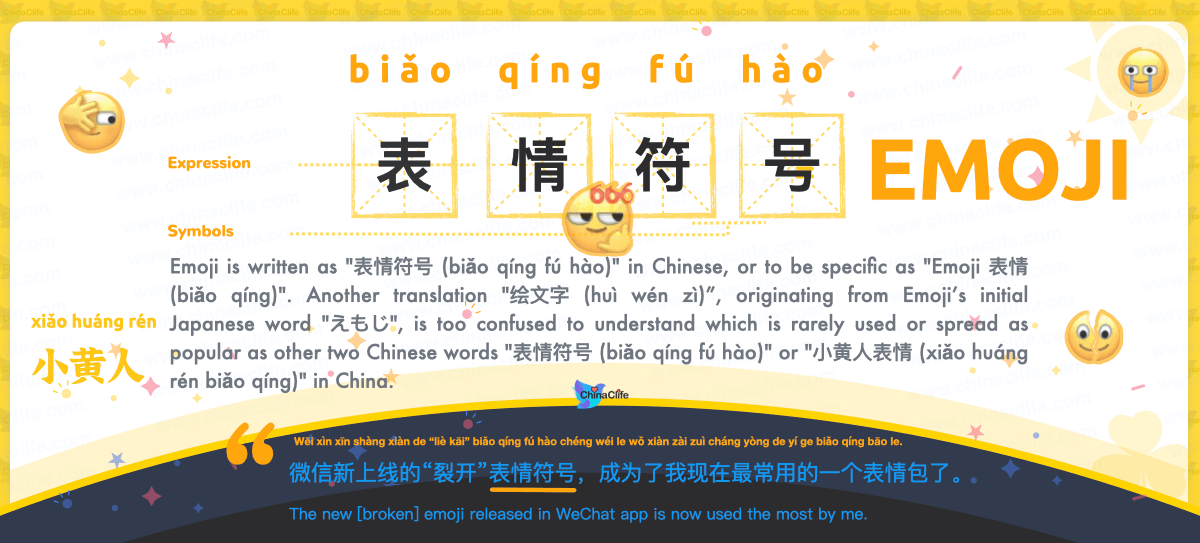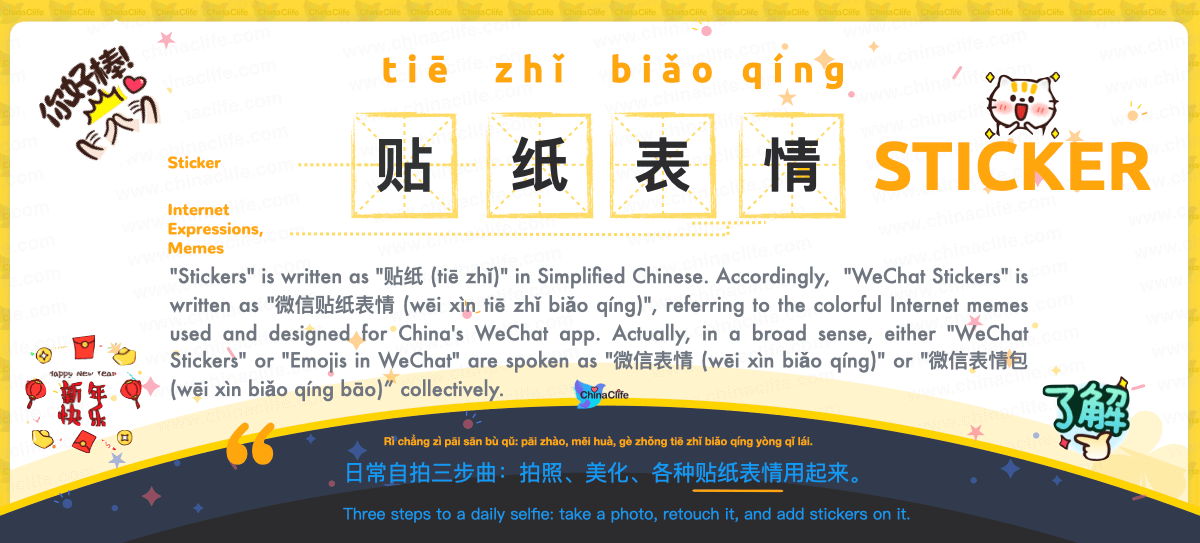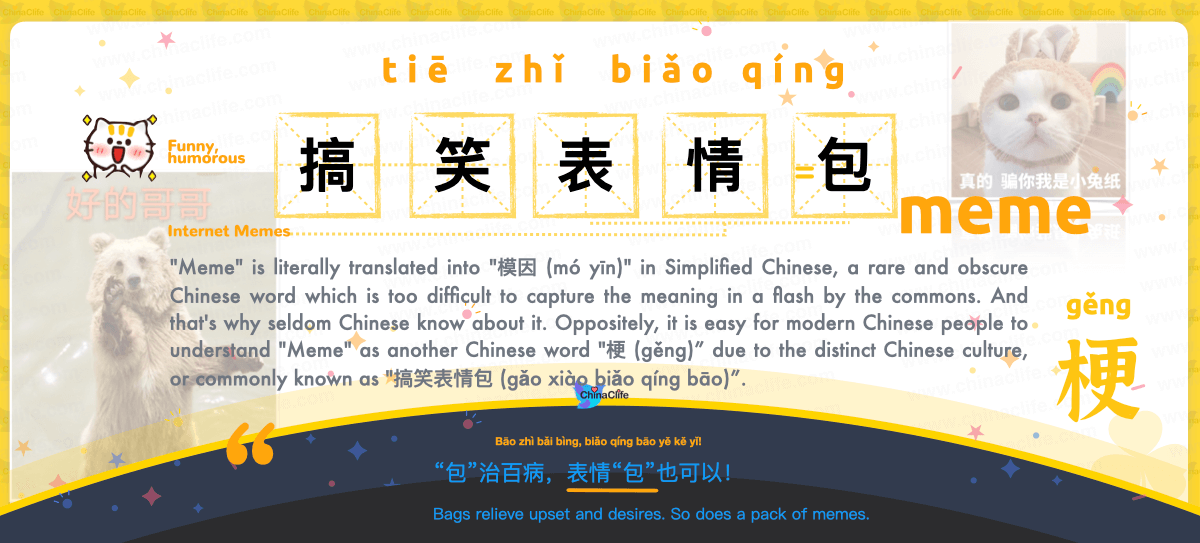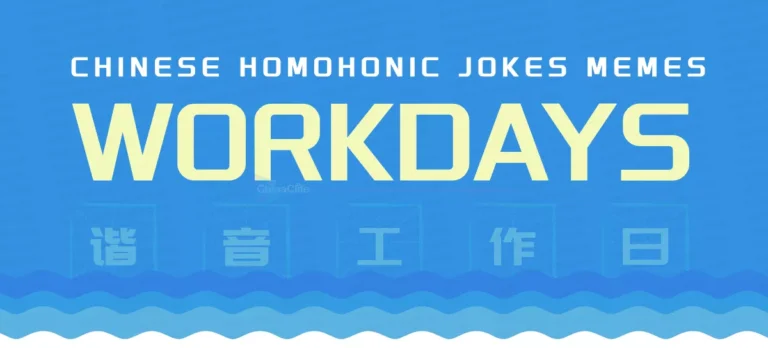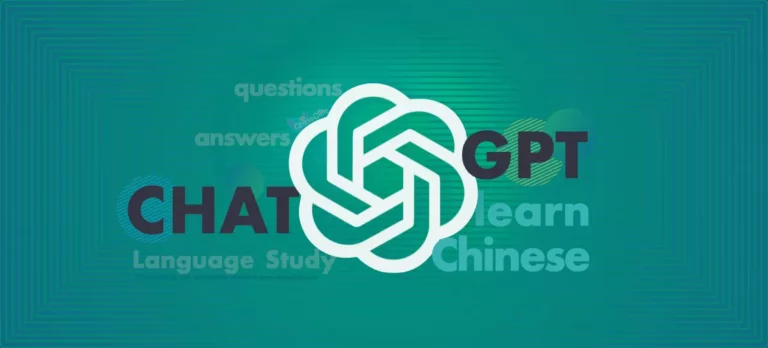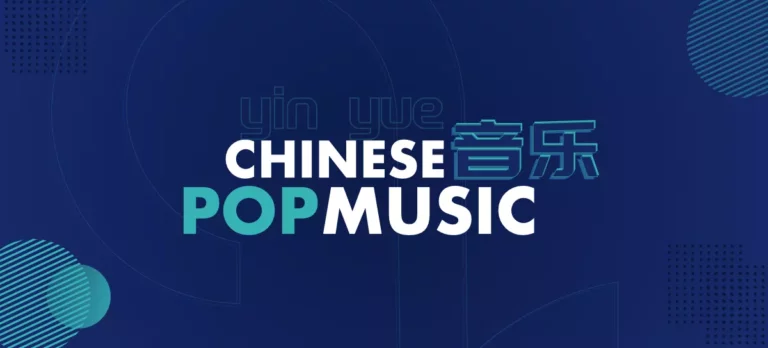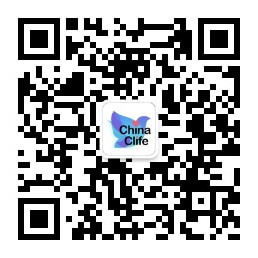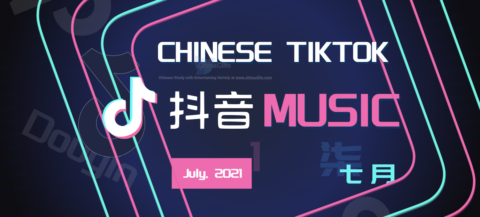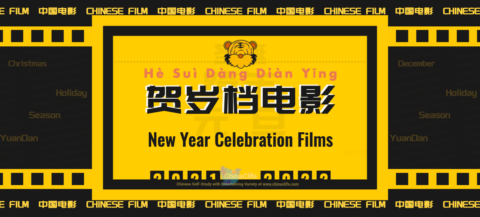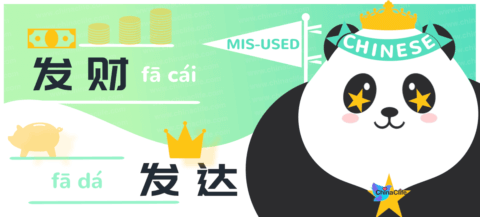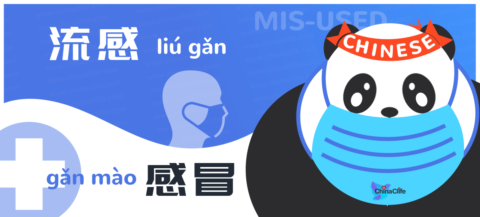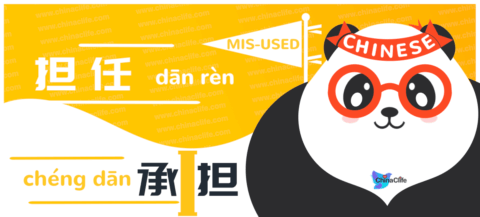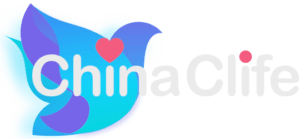"Do you know how to pronounce Memes, Emojis, Stickers, and Emoticons in Standard Chinese language? And how to understand or differ them in Pinyin and Chinese meanings? Keep reading the bilingual story as follows."
HOW TO PRONOUNCE MEMES, EMOJIS, WECHAT STICKERS AND EMOTICONS IN CHINESE?DIFFER IN PINYIN AND CHINESE MEANINGS
| 各种有关“表情包”的中文叫法
Target Story Words in English: All relates to the Chinese word "表情"
Story Words in Chinese Pinyin: Yǔ Biǎo Qíng Xiāng Guān
Story Words in Standard Chinese: 与“表情”相关
Similar Chinese Words:
表情包 (Biǎoqíng bāo)| Emojis and memes spreading on the Internet.
Related Chinese Words:
表达 (Biǎo dá)| To express.
文字 (Wén zì)| Text, words, or the writing language.
图片 (Tú piàn) | Pictures.
图像 (Tú xiàng)| Images.
图画 (Tú huà)| Drawings.
Table of Contents
- They'are all related to a Chinese Word "表情 (Biǎo qíng)"
- Pronounce "Emojis" in Chinese? With Emojis' Pinyin & Chinese Meaning
- Pronounce "Emoticons" in Chinese? With Emoticons' Pinyin & Chinese Meaning
- Pronounce "Stickers" in Chinese? With Stickers' Pinyin & Chinese Meaning
- Pronounce "Memes" in Chinese? With Memes' Pinyin & Chinese Meaning
- The Next May Interest You
- Share & Comment
The Chinese word "表情 (biǎo qíng)" originates in the meaning of expressing one's emotion, feelings, or thoughts from the inner side, or in particular means the facial expressions which reveal emotions and feelings. At present, the word "表情 (biǎo qíng)" refers to a great extent to various memes and Emojis spreading on the Internet. 汉语词语“表情”,本意为表达内心的思想情感,或是专指面部表达出的情绪和感情。现在人们在互联网中提起表情,则很大程度上是在指网络上流传的各类表情包、表情符号等等。 In the Chinese language, those Intenet elements including Emojis, Memes, virtual Stickers, and Emoticons are all collectively called "表情 (biǎo qíng)" or "表情包 (biǎo qíng bō)". To be specific, they can be defined with their individual Chinese names and meanings, as follows. 在中文里,Emojis、Memes、Stickers、Emoticons 这些都可以用“表情”或“表情包”来统称。若细分的话,它们也有各自的中文名称和定义,如下所述。 Emoji is understood as "表情符号 (biǎo qíng fú hào)" in Chinese, or to be specific as "Emoji 表情 (biǎo qíng)". Although it should be written as "绘文字 (huì wén zì)" in Simplified Chinese according to the origination from Emoji's initial Japanese word "えもじ", this translated Chinese word is too confused to understand which is rarely used or spread as popular as other two Chinese words "表情符号 (biǎo qíng fú hào)" or "小黄脸表情 (xiǎo huáng liǎn biǎo qíng)" in China. Emoji 在中文里可称作“表情符号”,或更准确地称作“Emoji 表情”。若从其日语起源词汇“えもじ”来看,在中文里可称作“绘文字”,但这一名字在生活中并不如“表情符号”和“小黄脸表情”常见,且不易被人理解。 The compound "表情符号 (biǎo qíng fú hào)" consists of two Chinese words: "表情 (biǎo qíng)" equals to emotion, and "符号 (fú hào)" means the symbols in Chinese. “表情符号”在中文里可拆分为两个名词“表情”和“符号”。 "表情符号 (biǎo qíng fú hào)" in Chinese refers to the micro Internet expressions made up of various symbols, including but not limited to image memes, emojis, and more. Thus, it is able to understand "Emoji" as a common type of "表情符号 (biǎo qíng fú hào)" but not vice versa. “表情符号”指的是用符号组成或表达的网络表情,既包括文本表情,也包括图片表情,并不局限于 Emoji 这一类。因此,在中文里可以说 Emoji 是表情符号,但反之,表情符号并不完全等于 Emoji,还可能指颜文字。 "Emoticon" is a compound of two English words "Emotion" and "Icon". In the Chinese language, "Emotion" is understood as "情绪 (qíng xù)", and "Icon" as "图标 (tú biāo)". The word "Emoticon" which is also categorized under types of "表情符号 (biǎo qíng fú hào)" particularly indicates the Internet symbols purely expressed by characters. That's why we call the word "Emoticon" as "字符表情 (zì fú biǎo qíng)" in Chinese, or "颜文字 (yán wén zì)". “Emoticon” 是由英语里的“Emotion”和“icon”合并而成的单词。在中文里 "Emotion" 称作“情绪”,"icon" 称作“图标”。而“Emoticon”在中文里同样可被称作“表情符号”,但特指用字符表达的一类表情符号,因此可被称作“字符表情”,又称“颜文字”。 In China, either "Emojis" known as "Emoji 表情符号" ("绘文字") or "Emoticons" known as "字符表情" ("颜文字"), belongs to types of "表情符号". The differences are that "Emojis" represents a series of emotional signs after standardized and graphical production, and "Emoticons" refers to Internet expressions consisted of a group of characters, punctuation marks, and symbols. 在中国,常被称作“Emoji 表情符号”的“绘文字”,与常被称作“字符表情”的“颜文字”,都属于“表情符号”。前者指经过标准化和图形化的表情符号,而后者指用不同语言字符和标点符号组合而成的字符表情。 Then look into the word differences between "绘 (huì)" and "颜 (yán)" in Chinese. The character "绘 (huì)" means the drawings, while the character "颜 (yán)" here indicates the facial-related expressions. 其中,“绘”在中文里指“图画”的意思,而“颜”暗示的是面容相关的表情。 The word "Stickers" is written as "贴纸 (tiē zhǐ)" in Chinese, Simplified Chinese language. Accordingly, "WeChat Stickers" is written as "微信贴纸表情 (wēi xìn tiē zhǐ biǎo qíng)" in Chinese, referring to the colorful Internet memes used and designed for China's WeChat app. “Stickers”在中文里称作“贴纸”。“WeChat Stickers” 即“微信贴纸表情”,指的是微信里的表情包。 As the popularity of the WeChat app in China, abundant Internet memes and various drawing expressions created, customized, and uploaded to the WeChat Stickers library are named "WeChat Stickers". Thus, the word "Stickers", represented by a series of virtual WeChat memes "微信表情包 (wēi xìn biǎo qíng bāo)", is able to be understood as "贴纸表情 (tiē zhǐ biǎo qíng)" or "表情包 (biǎo qíng bāo)" on China's Internet. 在中国,随着微信应用在中国的普及,微信内允许用户自由创作和上传的一大批自定义微信表情被命名为 “WeChat Stickers”,因此,“Stickers”也作为虚拟的微信“表情”的代名词而被人熟知,可理解为流传于互联网中的“贴纸表情”或“表情包”。 Actually, in a broad sense, either "WeChat Stickers" or "Emojis in WeChat" are generally spoken as "微信表情 (wēi xìn biǎo qíng)" or "微信表情包 (wēi xìn biǎo qíng bāo)". 生活中,“微信贴纸表情”常和微信内提供的 “Emoji 表情”一起被统称为“微信表情”或“微信表情包”。 Tips: The full content to show for Free Logged-in and Premium residents only. Please click Log-In / Sign Up for Free button on the top right to unlock them. The word "Meme" is defined as "an image, a video, a piece of text, etc. that is passed very quickly from one internet user to another, often with slight changes that make it humorous" by Oxford dictionary. Similar to the word "Gene" translated into "基因 (jī yīn)", the word "Meme" is literally translated to "模因 (mó yīn)" in Simplified Chinese. “Meme”在《牛津英语词典》中被定义为“文化的基本单位,通过非遗传的方式,特别模仿而得到传递”。正如通过遗传方式传递的“Gene”在中文里称作“基因”类似,“Meme”在中文里可被翻译成“模因”等类似的学术名词。 However, the Chinese translation "模因 (mó yīn)" is a rare and obscure Chinese word which is too difficult to capture the meaning in a flash by the commons. And that's why seldom Chinese know about it. Oppositely, it is easy for modern Chinese people to understand "Meme" as another Chinese word "梗 (gěng)". 但“模因”这类汉语名词过于专业,很难直观体现“Meme”的具体含义和特点,因此流传并不广泛。相反地,现代人更容易将 "Meme"理解为中文里的“梗”。 The Chinese character "梗 (gěng)" comes from another character "哏 (gén)". The word "哏 (gén)", used for years in China, generally refers to the funny but interesting expressions or behaviors that amused people, well known as Chinese words "笑点 (xiào diǎn)", "段子 (duàn zi)" or "包袱 (bāo fǔ)" based on the distinct Chinese culture. For example, there are some professional roles defined as "捧哏 (pěng gén)" and "逗哏 (dòu gén)" existing in the traditional Chinese art performance "Crosstalks" (相声, xiàng shēng). By mis-spread based on similar Chinese pronunciations, the character "梗 (gěng)" has gradually replaced the professional word "哏 (gén)", goes viral on the Internet, and accordingly becomes a representative of "Meme" on China's Internet. 中文里的“梗”字其实是从“哏”演变而来的。在中国文化里,一直用“哏”字来表达滑稽有趣的语言或动作,熟称“笑点”、“段子”或“包袱”,比如在中国传统表演艺术之一的相声表演里,一直有“捧哏”、“逗哏”这样的专业名词存在。后因“哏”逐渐被人们误传为别字“梗”字,由此也赋予了“梗”字笑点、段子及包袱等含义。 "Memes" is now far more related to the "Internet memes" spread in forms of text, images, GIFs, videos, and more, which can be called separately as "搞笑文字 (gǎo xiào wén zì)", "搞笑图片 (gǎo xiào tú piàn)", "搞笑动图 (gǎo xiào dòng tú)", "搞笑视频 (gǎo xiào shì píng)", all of which belongs to "搞笑表情包 (gǎo xiào biǎo qíng bāo)" in a broad sense. Memes,现在多指的是通过文字、图片、Gif动画、视频等多种形式传播的“Internet Memes”,这些内容在中文里分别指的是“搞笑文字”、“搞笑图片”、“搞笑动图”、“搞笑视频”等,广义上均为“搞笑表情包”。 Therefore, it's easy for us to name and understand all "Memes" collectively as "搞笑表情包 (gǎo xiào biǎo qíng bāo)", "网络梗 (wǎng luò gěn)" or just shortened as "梗 (gěng)" in Chinese. 因此,“Memes” 在中文里可被统一称作“搞笑表情包”、“网络梗”或“梗”。 Have you got any tips from the bilingual Chinese story above? Do you have any other questions or suggestions? You are free to write down in the "Comments" section below. Any thought from yours could be appreciated, valuable, and might help the rest of the residents on the planet. 😀 Additionally... Did You Start Learning Chinese with Pinyin? Continue to read our User-friendly Chinese-Pinyin version of this story (Unlocked for Free Logged-in and Premium residents only). Hope it Helps! : )Emojis, Memes, Stickers, and Emoticons All Relate to A Word
| 它们都与“表情”一词相关
How to Pronounce "Emojis" in Chinese?
Understand Emojis' Pinyin & Chinese Meaning
| 详解 Emojis 的中文发音及含意:表情符号/小黄脸
Pronounce Emoji in Standard Chinese
Write Emoji in Chinese (Simplified)
Understand Emojis' Chinese Meaning
How to Pronounce "Emoticons" in Chinese?
Understand Emoticons' Pinyin & Chinese Meaning
| 详解 Emoticons 的中文发音及含意:字符表情/颜文字
Pronounce Emoticon in Standard Chinese
Write Emoticon in Chinese (Simplified)
Understand Emoticons' Chinese Meaning and Differ From Emojis
How to Pronounce "Stickers" in Chinese?
Understand Stickers' Pinyin & Chinese Meaning
| 详解 Stickers 的中文发音及含意:贴纸表情
Pronounce Sticker in Standard Chinese
Write Stickers & WeChat Stickers in Chinese (Simplified)
Understand Stickers' Chinese Meaning
How to Pronounce "Memes" in Chinese?
Understand Memes' Pinyin & Chinese Meaning
| 详解 Memes 的中文发音及含意:搞笑表情包/梗
Pronounce Meme in Standard Chinese
Write Meme in Chinese (Simplified)
Understand Memes' Chinese Meaning
Questions & Additional
More Stories to Be Continued...

